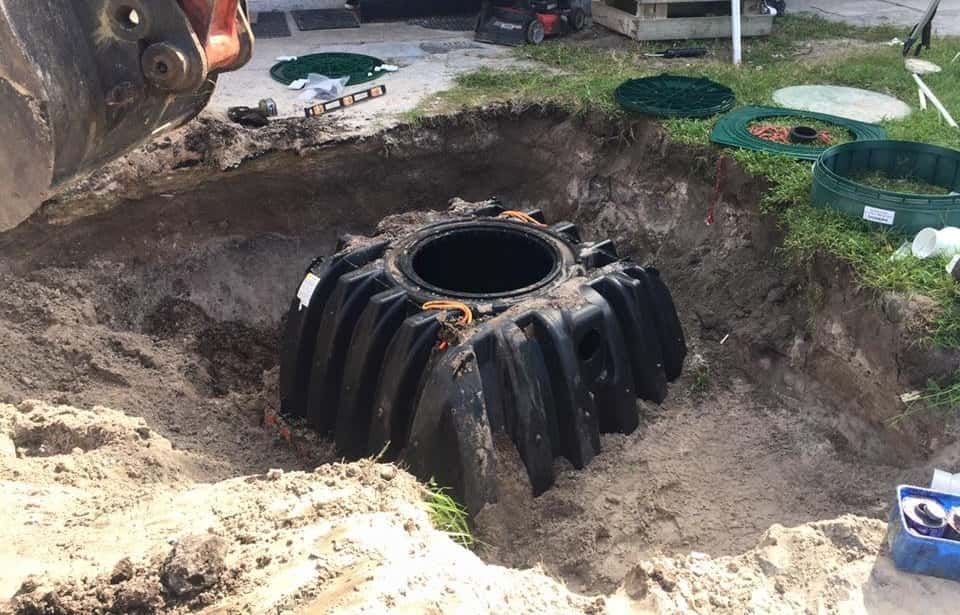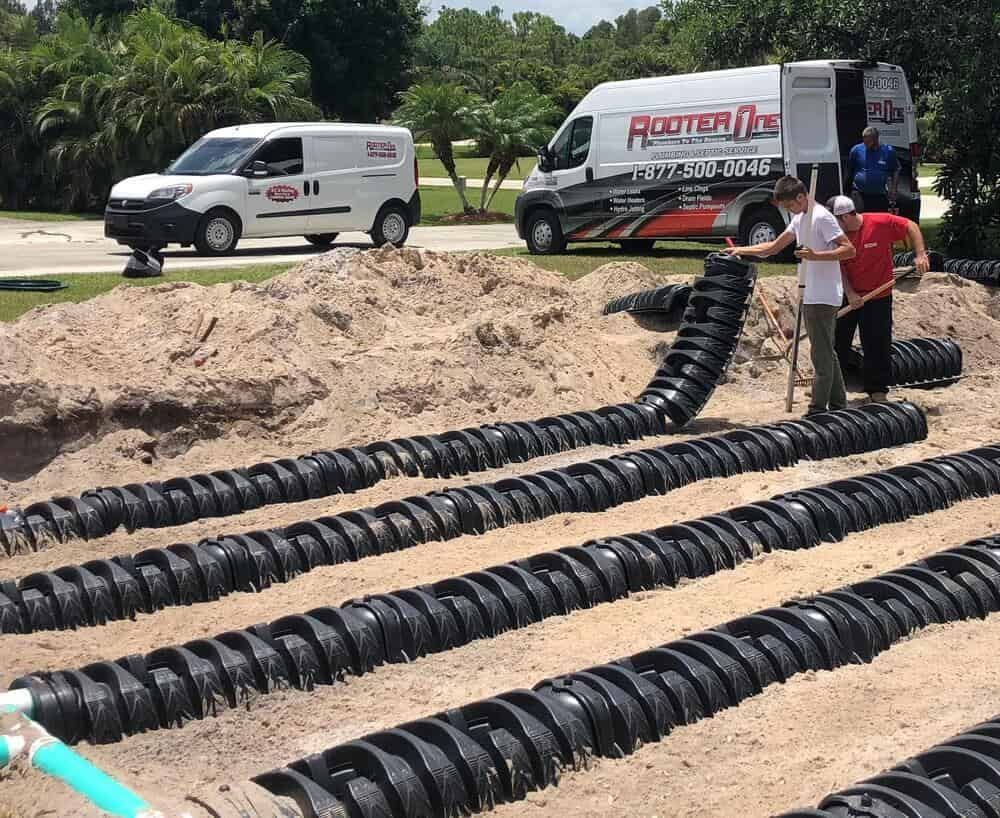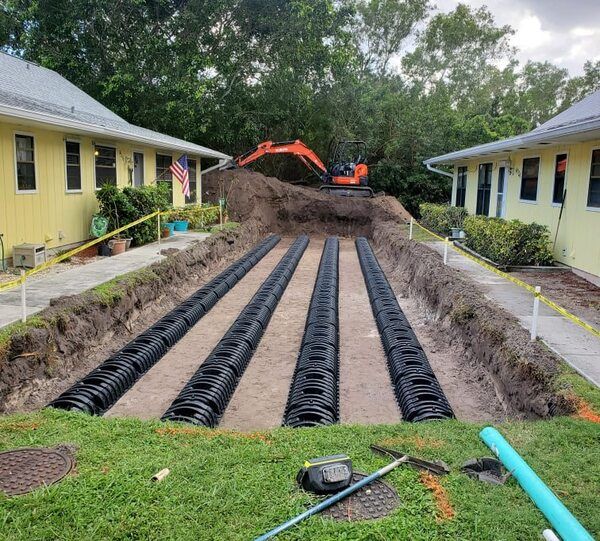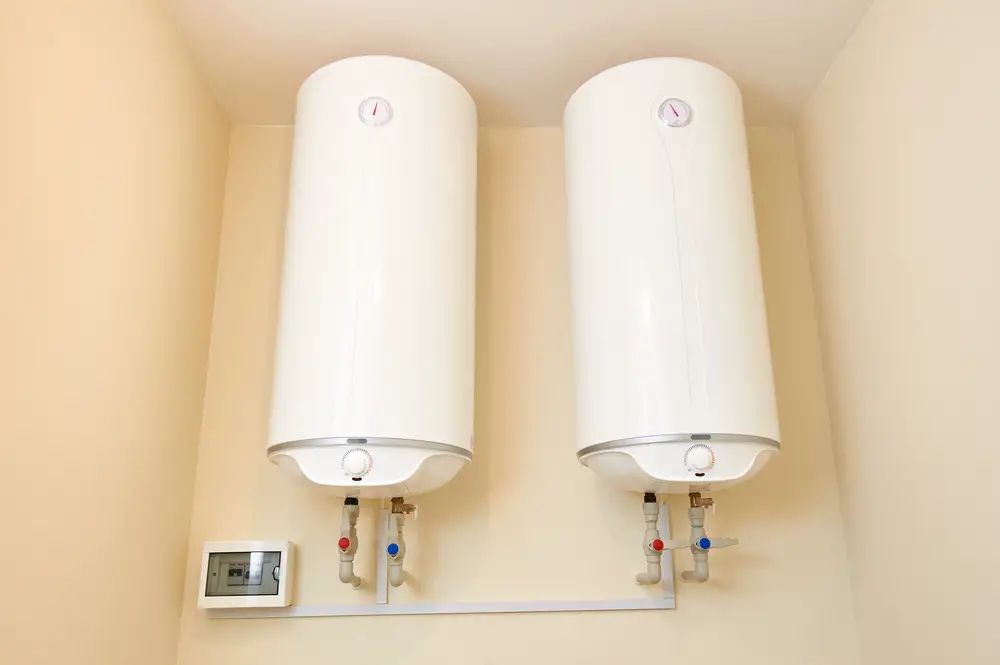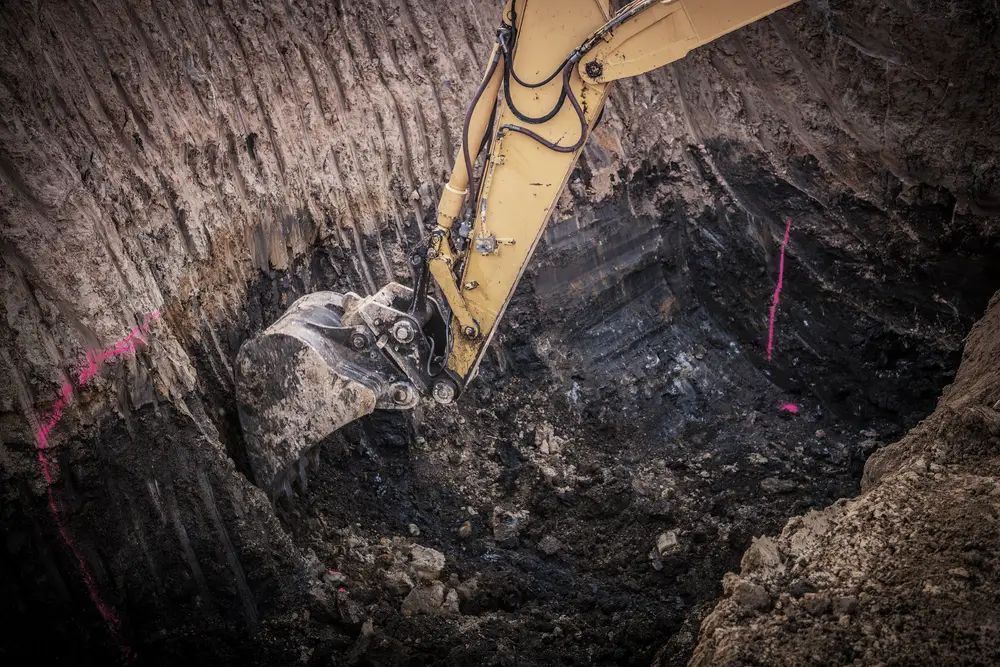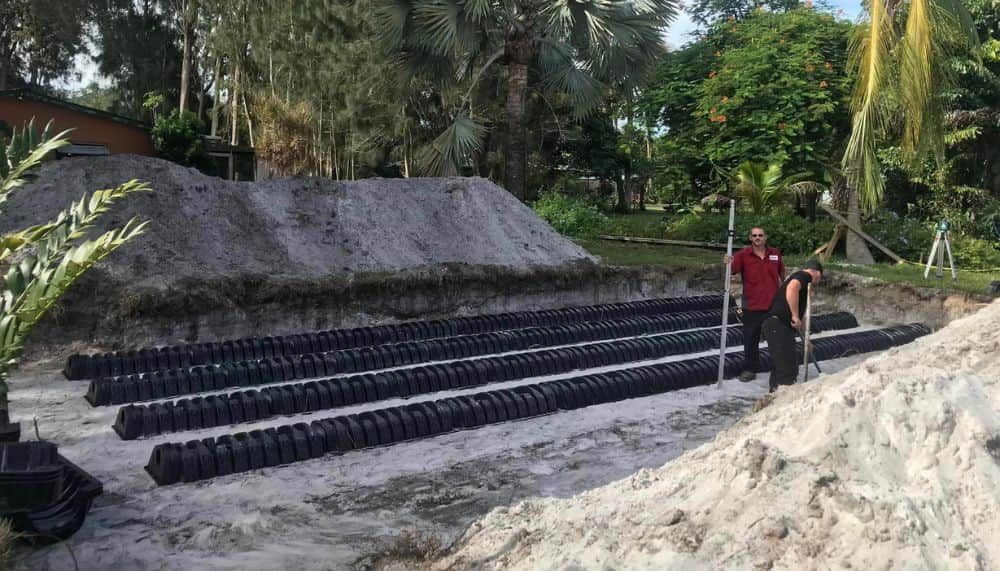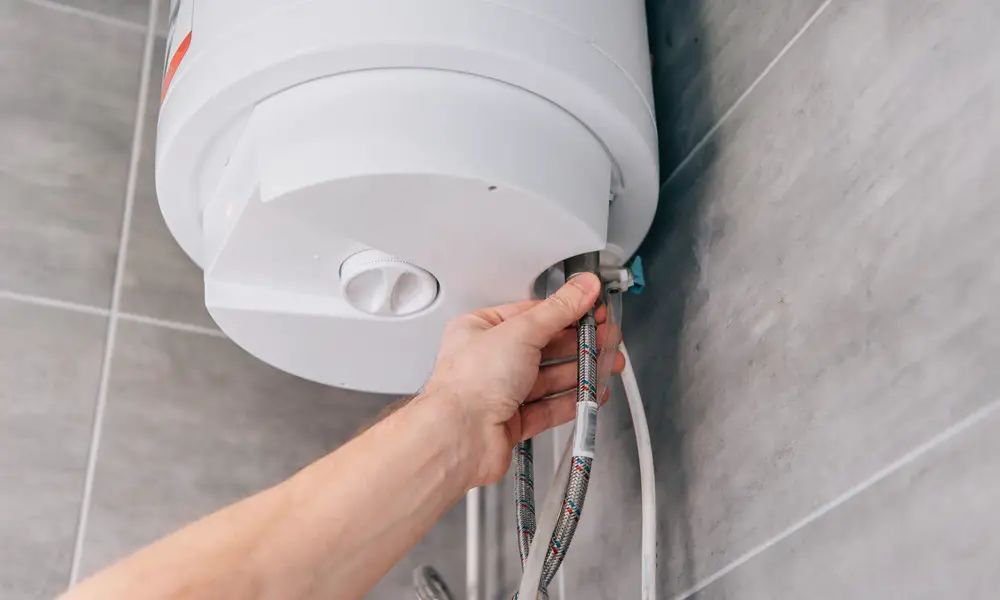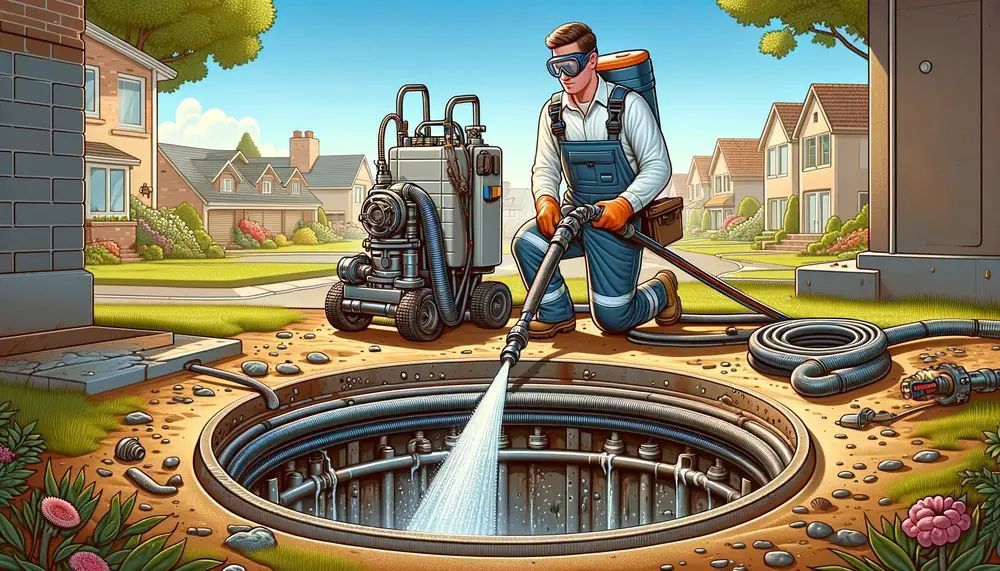Aerobic Septic Systems: How They Work, Common Issues and Maintenance Tips
Aerobic septic systems have revolutionized wastewater treatment for residential and commercial properties alike. Offering more effective and eco-friendly alternatives to traditional anaerobic systems, aerobic septics provide more efficient wastewater management that's also better for the environment. If you're considering an upgrade, our septic services in Port St. Lucie can install the aerobic system according to your needs.
In this comprehensive guide, we'll explore what aerobic septic systems are, their workings, common issues that may arise, and pros/cons of choosing this system compared with anaerobic ones as well as valuable maintenance tips to extend its longevity and maximize performance.
What Is an Aerobic Septic System?
An aerobic septic system is a waste treatment system designed to quickly break down and purify organic matter more efficiently than anaerobic systems. While anaerobic systems rely on bacteria that thrive in oxygen-depleted environments for decomposition processes, aerobic systems employ oxygen-loving bacteria that accelerate decomposition for cleaner, more eco-friendly effluent.
How Does an Aerobic Septic System Work?
Understanding how an aerobic septic system operates is a must for homeowners and property owners looking to make informed decisions regarding wastewater treatment. Let's walk through each step step-by-step:
Pretreatment
The first stage of the aerobic septic system begins in the pretreatment chamber. Here, raw sewage from your property enters the system and undergoes initial screening to remove large solids and debris. This step prevents clogs and damage to downstream components.
Aeration
After pretreatment is complete, the effluent is sent into an aeration chamber for further processing. Here's where the magic happens: aerobic bacteria feed on any organic matter found in wastewater much faster and more efficiently than anaerobic decomposition used by traditional septic systems. As they break down waste, they produce carbon dioxide and water as byproducts as a byproduct.
Clarification
After aeration, the partially treated effluent enters the clarification chamber. In this chamber, any remaining suspended solids and bacteria settle to the bottom as sludge, leaving clearer water at the top.
Disinfection
Before the treated effluent is discharged into the drain field or other designated areas, it undergoes a final disinfection process. Typically, this involves chlorination or ultraviolet (UV) treatment to kill harmful bacteria and pathogens, ensuring that the released water is safe for the environment.
Effluent Distribution
The final, treated effluent is then distributed into the soil through a drain field or other approved disposal method. The soil works as a natural filter, further purifying the water before it reenters the groundwater system.
Aerobic vs. Anaerobic Septic Systems
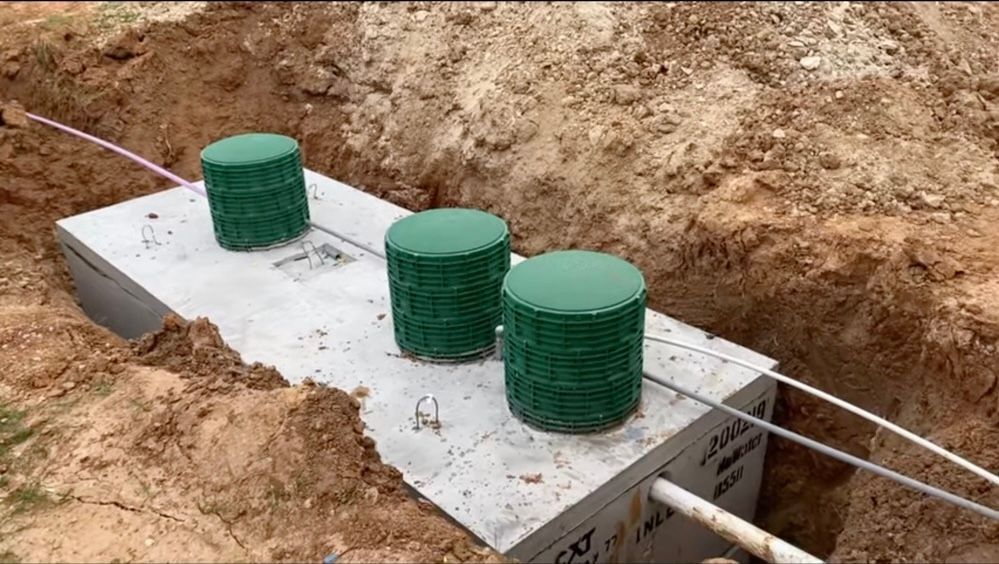
Now that we've explored how aerobic septic systems work let's compare them to their anaerobic counterparts to highlight the key differences:
Oxygen Dependency
Aerobic systems rely heavily on oxygen for efficient functioning, while anaerobic ones operate in oxygen-depleted environments. An oxygen-rich environment in aerobic systems speeds up decomposition processes more rapidly, producing cleaner effluent.
Treatment Efficiency
Aerobic septic systems are far more effective at breaking down organic matter compared to anaerobic ones, leading to significant reductions in solids, pathogens and pollutants in treated effluent.
Smaller Footprint
Aerobic systems generally have a smaller physical footprint than anaerobic systems, making them suitable for properties with limited space. This can be quite beneficial for individuals dealing with space constraints.
Maintenance Requirements
Aerobic septic systems do require more maintenance than anaerobic systems due to the presence of mechanical components like aerators and pumps. However, regular maintenance ensures their continued effectiveness and longevity.
Common Aerobic Septic Systems Problems
While aerobic septic systems offer many advantages, they are not without their potential challenges. You must provide essential care for the septic tank to avoid failures. Here are some common issues you may encounter:
Power Outages
Aerobic systems rely on electricity to power aerators and pumps. During power outages, these components may stop functioning, potentially causing backups or system failure. Installing a backup power source, for instance a generator, can mitigate this issue.
Aerator Malfunctions
Aerators play a crucial role in introducing oxygen into the system. If an aerator malfunctions or becomes clogged, it can disrupt the treatment process. Regular inspection and cleaning are essential to prevent this issue.
Overloading
Overloading the system with excessive water usage or waste can overwhelm the bacteria population, leading to suboptimal treatment. Proper water conservation practices and responsible waste disposal are essential.
Sludge Buildup
Over time, sludge can accumulate in the clarification chamber. Periodic septic pumping and removal of this sludge are essential to maintain system efficiency. It's advisable to seek professional septic services to ensure this is done correctly and safely.
Chlorine Residue
If your system uses chlorine for disinfection, excessive chlorine residue in the effluent can harm the environment. Proper dosing and monitoring are essential to ensure safe and effective disinfection.
Aerobic Septic System Pros and Cons
Aerobic septic systems come with their own set of advantages and disadvantages:
Pros:
Enhanced Treatment: Aerobic systems offer superior wastewater treatment, resulting in cleaner effluent and reduced environmental impact.
Smaller Footprint: Their compact design makes them suitable for properties with limited space, allowing for more flexible installation options.
Environmental Friendliness: Aerobic systems produce effluent that is less harmful to the environment, making them a greener choice.
Lower Risk of Odors: Because of the enhanced treatment process, aerobic systems tend to produce fewer odors compared to anaerobic systems.
Cons:
Increased Maintenance: Aerobic systems require regular maintenance due to mechanical components.
Energy Dependency: They rely on electricity to power aerators and pumps, making them vulnerable to power outages.
Initial Cost: The installation cost of an aerobic septic system is typically higher than that of an anaerobic system.
Compliance Regulations: Depending on your location, there may be stricter regulatory requirements for the installation and maintenance of aerobic systems.
Final Thoughts on Aerobic Septic Systems and Their Maintenance
Aerobic septic systems offer a modern and cost-effective method for wastewater treatment, boasting many advantages over traditional anaerobic systems. However, understanding their workings, pros and cons as well as potential issues they could experience, is paramount to homeowners and property owners. Proper maintenance practices must also be implemented regularly to maintain the optimal performance of an aerobic septic system while simultaneously minimizing its environmental impact.
Are you looking to upgrade your septic system to an efficient aerobic solution, or is your existing system in need of professional maintenance? Your search ends here with Rooter One plumbing & septic professionals! Serving Port St. Lucie and the surrounding areas, we are your trusted partners in all septic-related things. Contact our seasoned professionals today and take the first step towards a better, more efficient septic system! Your satisfaction is our priority.
ROOTER ONE
FORT PIERCE
5400 ORANGE AVENUE,
FORT PIERCE, FL, 34950
PORT ST. LUCIE
1742 SE LORRAINE ST.
PORT ST. LUCIE, FL 34952
STUART
6526 S. KANNER HIGHWAY
STUART, FL 34997
QUICK LINKS
Port St. Lucie Commercial Plumbing
LICENSE NUMBER: CFC1428754



